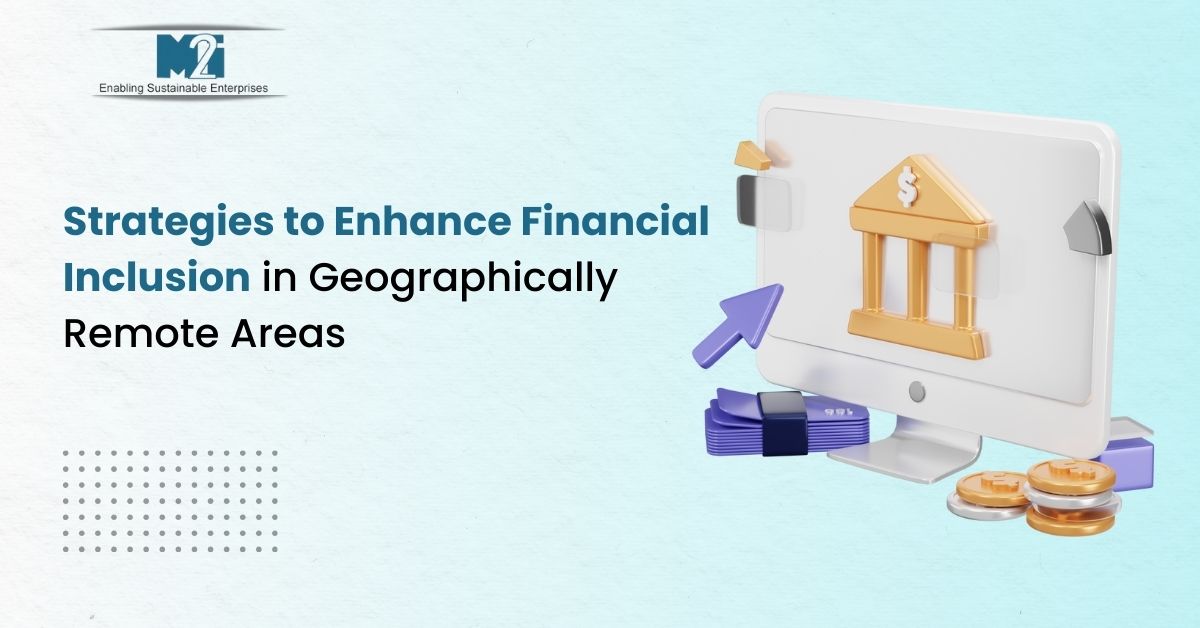
Strategies to Enhance Financial Inclusion in Geographically Remote Areas
Ensuring financial inclusion is a critical goal for economic development, and one of the significant challenges lies in reaching geographically remote areas. However, with strategic approaches and innovative solutions, it is possible to bridge the gap between these underserved regions and formal financial services. In this blog post, we will explore key strategies to enhance financial inclusion in geographically remote areas and empower marginalized communities.
Understanding the Challenges
Geographically remote areas face unique challenges when it comes to financial inclusion. Limited physical infrastructure, including the absence of bank branches, poor transportation networks, and inadequate connectivity, make it difficult for residents to access essential financial services. Recognizing these challenges is the first step in designing effective strategies to overcome them.
Leveraging Technology
Technology plays a crucial role in bringing financial services to remote areas. Mobile banking, digital wallets, and other fintech solutions provide a convenient way for individuals to access financial services without the need for physical bank branches. By leveraging technology, financial institutions can reach individuals in even the most remote locations, enabling them to conduct transactions, save, and access credit easily.
Business Correspondent (BC) Model
The BC model has proven to be a successful strategy for extending financial services to remote areas. BC agents act as intermediaries between financial institutions and the unbanked population. These agents, often local individuals, provide basic banking services such as account opening, deposits, withdrawals, and remittances. By leveraging the trust and familiarity they have with their communities, BC agents bridge the gap between financial institutions and remote areas, ensuring easy access to formal financial services.
Innovative Banking Solutions
To address the unique needs of geographically remote areas, innovative banking solutions are necessary. Branchless banking, for example, allows financial institutions to offer services without physical branches, utilizing agents, mobile banking, or other channels. Microfinance, with its focus on small-scale lending, can empower individuals and businesses in remote areas, enabling them to start or expand their ventures. Community banking, where local communities collectively manage financial services, ensures financial inclusion by tailoring offerings to local needs.
Financial Literacy and Education
Financial literacy programs are vital in empowering individuals in remote areas to make informed financial decisions. Such initiatives educate individuals on basic financial concepts, budgeting, savings, and entrepreneurship. By equipping individuals with essential money management skills and knowledge, financial literacy programs enable them to effectively utilize financial services and enhance their economic well-being.
Collaboration and Partnerships
Achieving financial inclusion in remote areas requires collaboration between various stakeholders. Financial institutions, government agencies, non-governmental organizations (NGOs), and local communities must work together. Partnerships can facilitate the development of tailored solutions, the sharing of resources and expertise, and the mobilization of community support. By pooling their efforts, stakeholders can create comprehensive and sustainable financial inclusion initiatives.
Policy Interventions
Government policies and regulations play a pivotal role in driving financial inclusion in remote areas. Governments can incentivize financial institutions to expand their services to underserved regions through targeted policies. These may include tax benefits, subsidies, or relaxed regulatory requirements. By creating an enabling environment, governments can encourage competition among service providers, leading to better access, affordability, and quality of financial services.